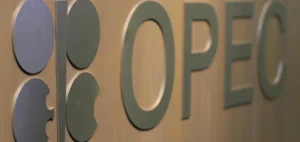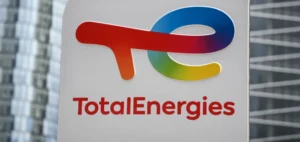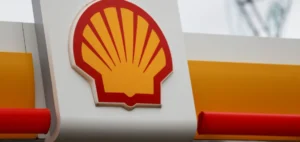Glencore’s attributable oil production in Cameroon declined by 31% over the first nine months of the year, a drop reflecting the combined effect of natural decline in mature Rio del Rey basin fields and underinvestment in the related assets. The Cameroonian government, facing this trend, revised its 2025 production forecast to 19.81 Mbbl, down from 20.71 Mbbl, and lowered its reference budget price to $66.94/bbl.
Decline of the Rio del Rey basin and budgetary effects
The production decrease primarily affects the Bolongo block, where Glencore holds a non-operating interest following the transfer of operatorship to Perenco in 2018. Perenco now concentrates its investments on other, more promising assets such as Kita Eden, rather than undertaking redevelopment of older fields. This strategic decision illustrates operators’ capital allocation between growth potential and extraction cost.
In this context, projected oil revenues for next year are expected to decline by around 12.7%, according to official forecasts. This contraction adds stress to the budget, as Cameroon is under an International Monetary Fund (IMF) reform programme that imposes strict targets on public revenue mobilisation and budget discipline.
Rigid contract framework and compliance legacy
The government’s room to manoeuvre for reviving production is limited. All revenues from the National Hydrocarbons Corporation (SNH) must now be transferred to the Treasury, restricting its ability to directly support oil projects or grant targeted fiscal incentives. Current budget governance and multilateral partners’ oversight constrain contractual adjustments.
Furthermore, past corruption cases involving Glencore, with illicit payments estimated at CFA7bn between 2011 and 2016, have eroded trust in the sector’s contractual frameworks. This has led to tightened approval processes and increased scrutiny from Cameroonian authorities, slowing some investment procedures.
Consequences for Glencore and logistics partners
The production cut has limited financial impact on Glencore, as its Cameroonian assets represent a small portion of its global portfolio. However, it weakens the group’s positioning in the Gulf of Guinea compared to rivals such as Vitol and Trafigura, which continue expanding their regional footprint.
The decline also reduces available volumes for integrated sales structures or pre-financing arrangements. For the logistics chain, lower volumes result in temporary underutilisation of transport and storage capacities, though current infrastructure remains adequate to absorb this variation.
A complex geopolitical context and upcoming uncertainties
The production drop comes as Cameroon launches a new licensing round aimed at attracting upstream investment. Risk perception, field maturity and governance will be key to gauging investor response.
Simultaneously, several Cameroon-flagged vessels have been listed in international sanctions-related cases, heightening perceived flag risk among financial and maritime institutions. This could hinder funding for new projects, particularly those led by independent operators.






















